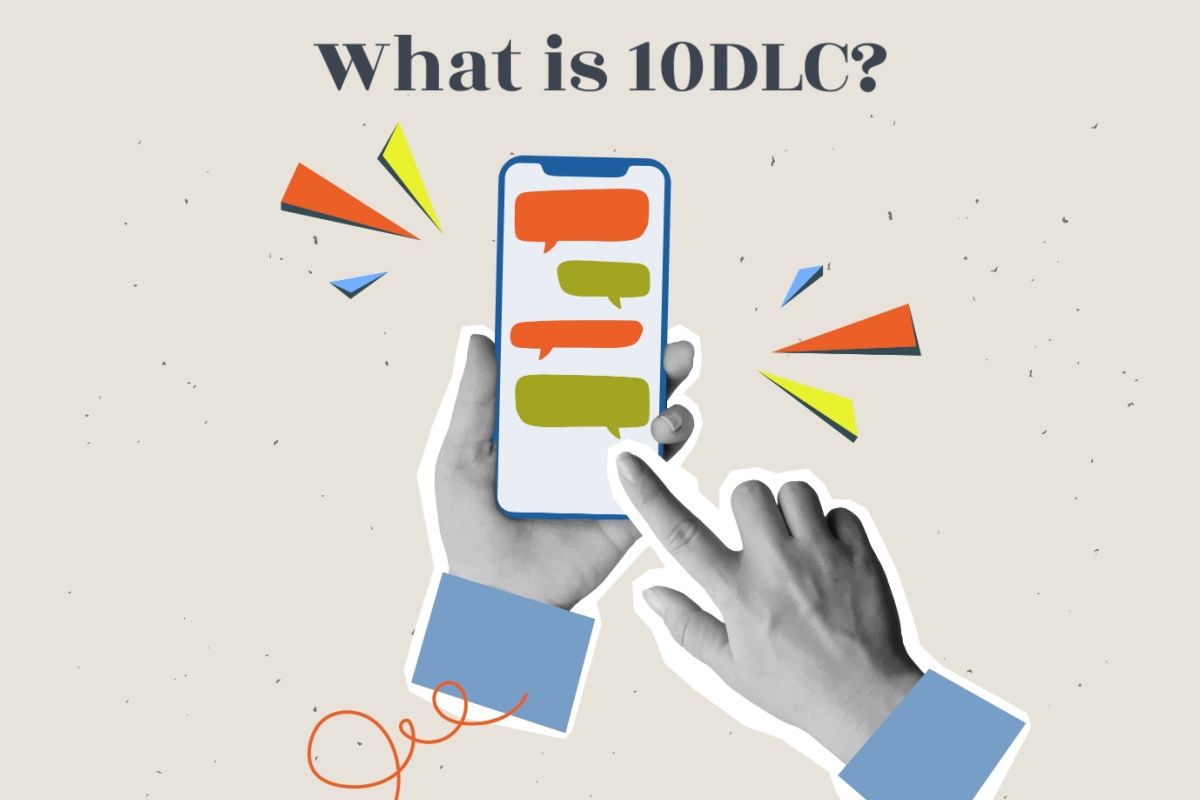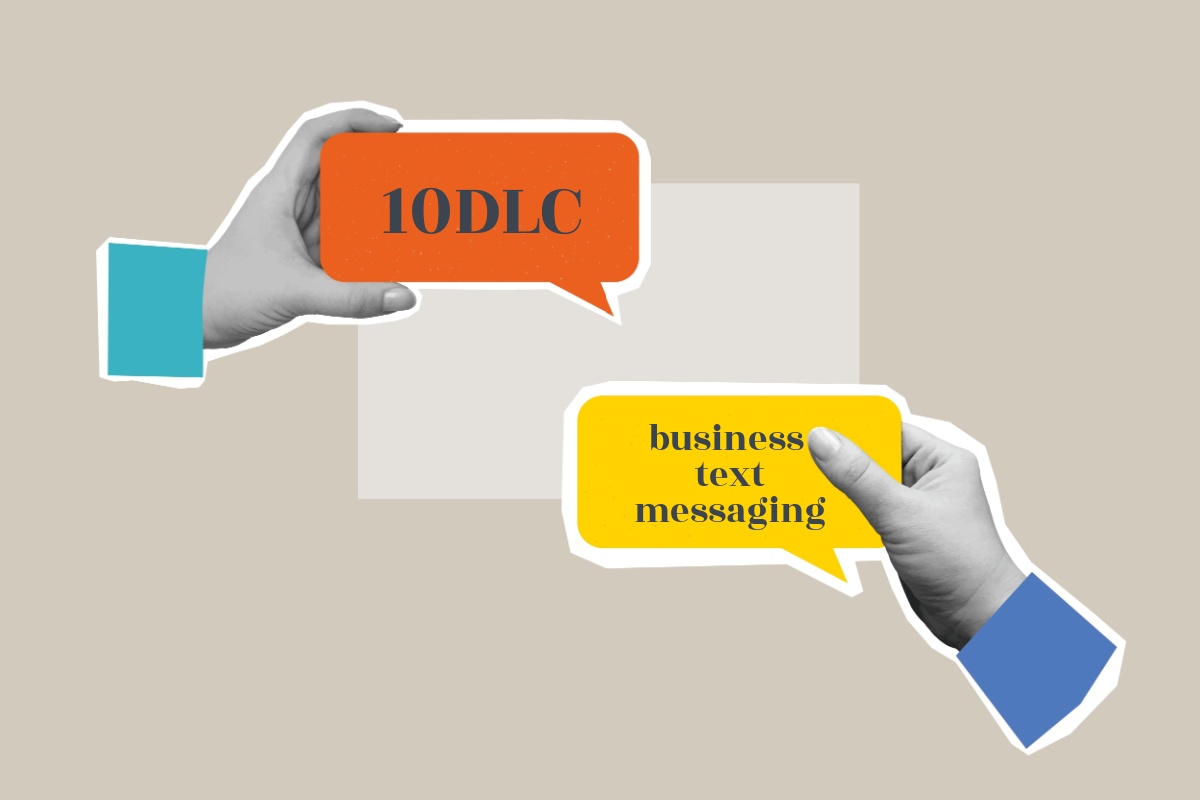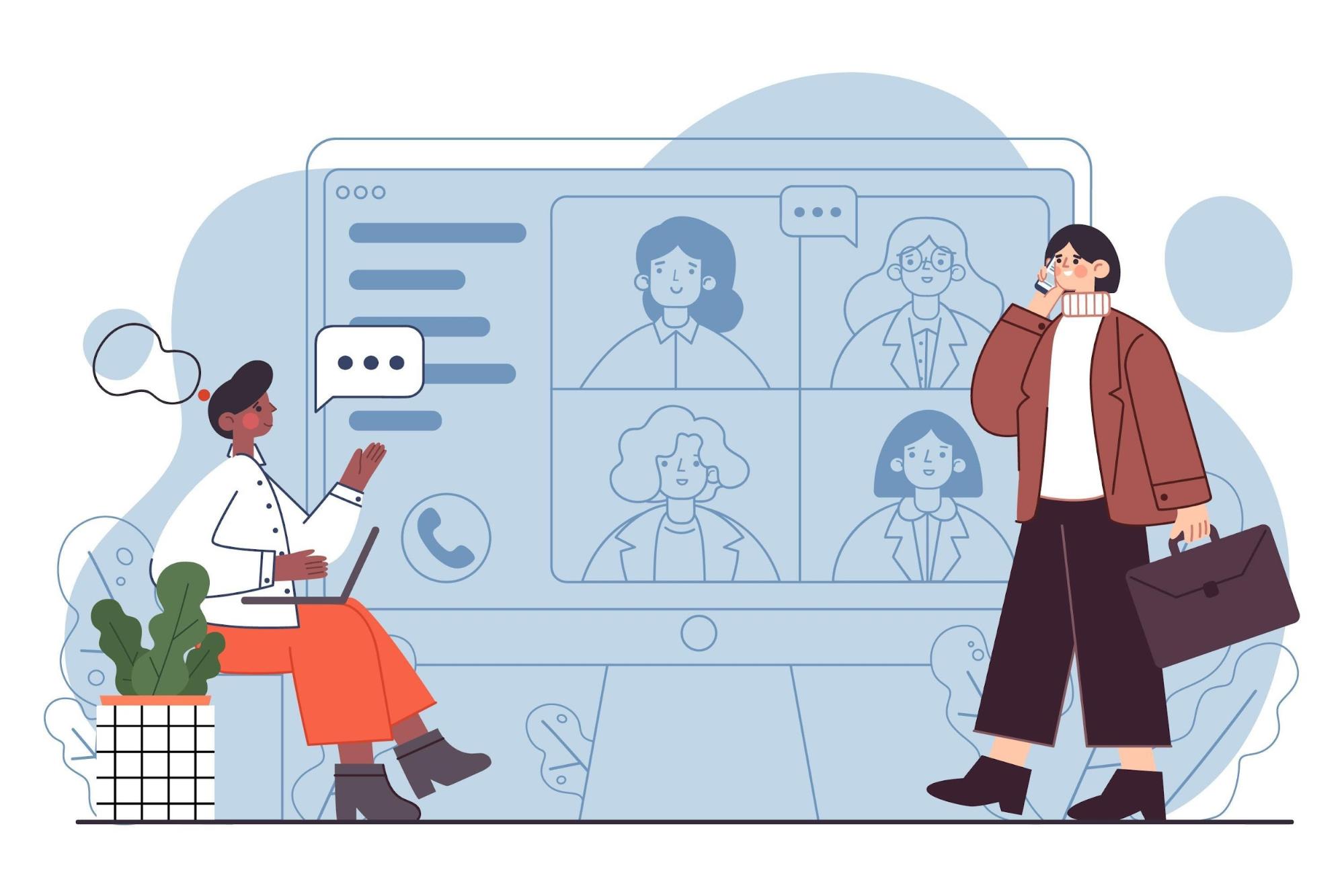You could say that it’s unprofessional, but in this day and age, using emoticons to express intention, feeling, and even inflection is fairly ubiquitous in personal, as well as professional life.
If you refuse to employ these miniature expressive cartoons for work conversations, based on pure principle, then you certainly don’t have to use them, but with closer consideration, you might actually change your mind because they can be useful.
Emoticons are an advancement in communication, not a necessity, and here’s how they should be used.

1. To clarify a statement.
The bottom line is that emoticons are a tool. You can use them to clarify an otherwise murky statement that could be easily misunderstood.
Writing to a colleague, “Looks like you finally finished that project” is different than saying, “Looks like you finally finished that project 🙂 “. One may be taken as sarcastic and borderline accusatory, while the latter sounds congratulatory and sympathetic.
There are all kinds of examples just like this one, where your message to a colleague or subordinate can be misconstrued as negative, when you intended it to be positive.

2. Don’t forget to use your words.
The thing to remember is that in many instances, emoticons are no substitute for just taking the time to explain what you mean with descriptive writing.
When you’re looking over an email that you’ve composed, and it doesn’t quite get the point across, your best bet is to use one or two more sentences and make sure what you’re saying is clear.
It’s easy to get lazy and just assume that what you write will be taken in the spirit in which it was intended.

3. Depending on how casual your workplace is, a variety of emoticons may be acceptable.
You really have to judge for yourself the level of acceptance there is in your workplace for the use of emoticons. If the tone of communication you have with your team through email and chat is pretty stuffy, then it may only be appropriate to use the classic smiley here and there.
If, on the other hand, your team is pretty casual, there’s no reason why you can’t use a variety of emoticons to express yourself. Maybe try out a red angry face or a wide-eyed, smiley with teeth, and see what the response is.
If you get radio silence in return, then you may have crossed the invisible line, but there’s no harm in trying.

4. Don’t overuse them.
It’s really easy to go overboard. There is just no substitute for thoughtful organization of your thoughts in writing, whether it’s in an email, instant chat, or otherwise.
A good rule of thumb is to avoid letting emoticons become a crutch for you; that is, if you don’t know how to say something and instead try to get an idea across using an emoticon, you’ve missed the point and what you’re trying to say probably won’t be fully understood, anyway.
If you’re using a different emoticon in every other sentence, there’s a good chance that you’ve gone off the reservation.
![]()
5. There’s still a right way and a wrong way to say something.
The pitfall that many of us stumble into is throwing emoticons in there constantly, without thinking.
In fact, many people habitually use smiley faces to keep the conversation rolling (I’m one of them), and though that’s not necessarily a bad thing, the point is that you have to be thoughtful about how and where it is placed because sentences still have to make sense.
For example, try not to use a smiley at the end of a negative statement to try and lighten it up. It just doesn’t work.
Are they necessary? They certainly aren’t necessary; they are an aid to communication that we did not previously have. They are not absolutely necessary because we did without them for a long time, but they do make things easier.
The key is to be a great communicator who doesn’t need emoticons, and to use them responsibly and thoughtfully to supplement a message. Emoticons are helpful tools that, if used properly, can greatly enrich all of your professional conversations.

Stephanie
Stephanie is the Marketing Director at Talkroute and has been featured in Forbes, Inc, and Entrepreneur as a leading authority on business and telecommunications.
Stephanie is also the chief editor and contributing author for the Talkroute blog helping more than 200k entrepreneurs to start, run, and grow their businesses.



